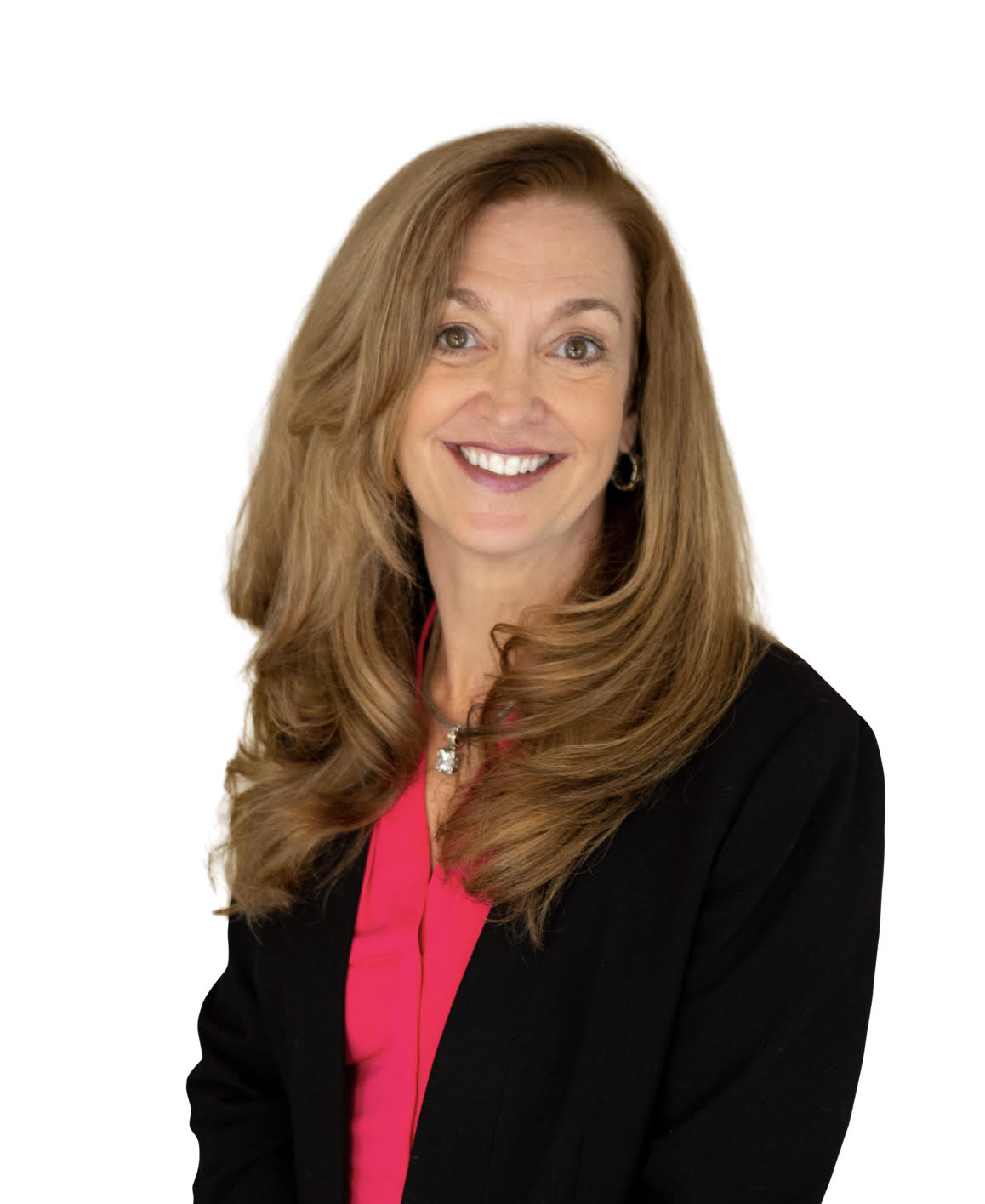
When searching for funding in the real estate world, it’s crucial to understand each loan type and its definition. Reverse mortgage is one important term you may encounter when thinking about building equity in your home. But what does reverse mortgage mean?
What is a reverse mortgage?
A reverse mortgage refers to a loan type available to homeowners aged 62 or older, and permits them to turn their home equity into income without monthly mortgage payments. A reverse mortgage loan essentially lets you borrow money, nearly uninhibited, against the equity you’ve already invested in your home.
What is a home equity conversion mortgage or “HECM?”
There are several types of reverse mortgages to choose from, depending on a variety of factors. The most common form of reverse mortgage is the HECM.
An HECM is also sometimes called a Federal Housing Administration (FHA) reverse mortgage, and is only available to those who meet FHA qualification requirements.
When to consider a reverse mortgage
To those who qualify, there can be definite advantages to a reverse mortgage. Reverse mortgage loans allow many homeowners the flexibility to supplement their income later in life and benefit from their investment in their homes. They can also be helpful in situations where significant costs, such as healthcare, necessitate a lump sum payment.
However, reverse mortgages don’t make sense for everyone. It’s best to find a trustworthy lender or loan program before considering this type of loan, and discuss your options with a trusted financial advisor.
About the Author

Kandi Pitrus
Kandi is a friendly, outgoing member of the Berkshire Hathaway Home Services Commonwealth Real Estate team. Before her entry into Real Estate, she worked for a Fortune 500 company for over 15 years in a variety of international sales and marketing positions.
Kandi has a team of employees who assist her in managing her business. Her team includes a Marketing Manager who leads all advertising activities. She has an Office Manager who coordinates all transactions and manages all back-office tasks. Lastly, she has an Administrative Assistant who performs all other day-to-day functions allowing Kandi to work in-person with buyers and sellers.
